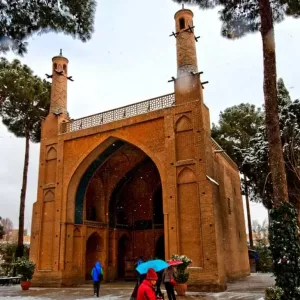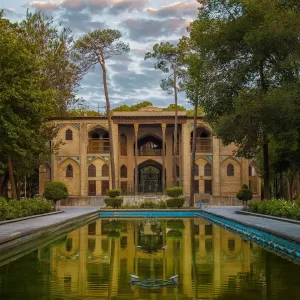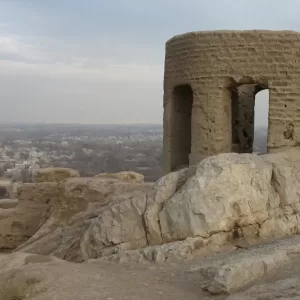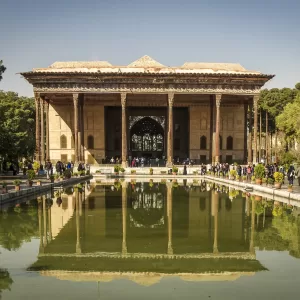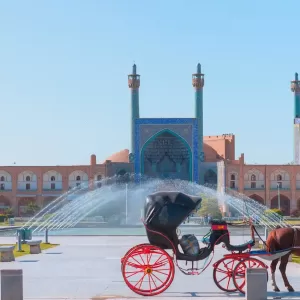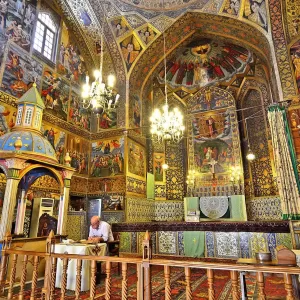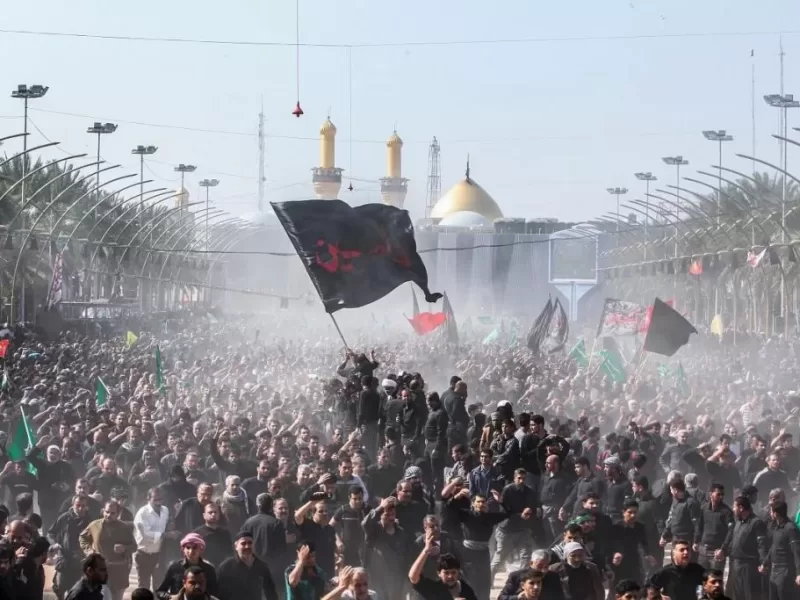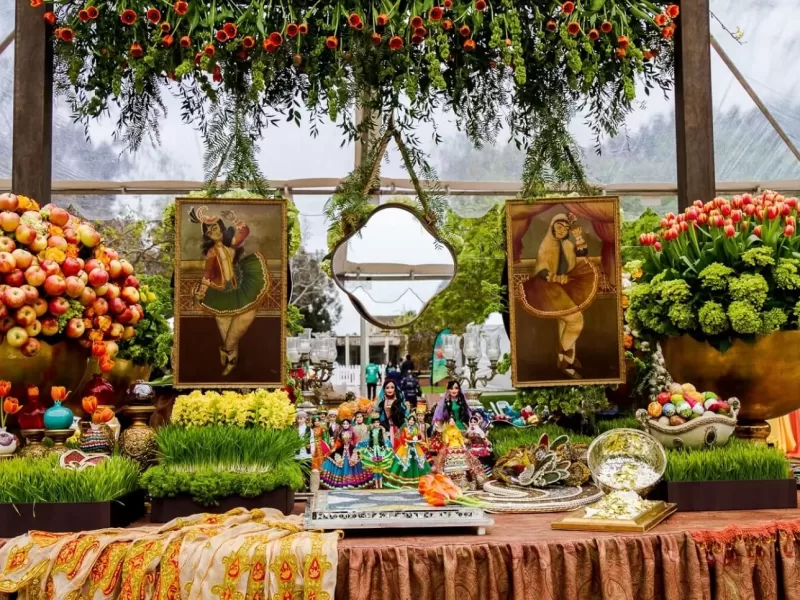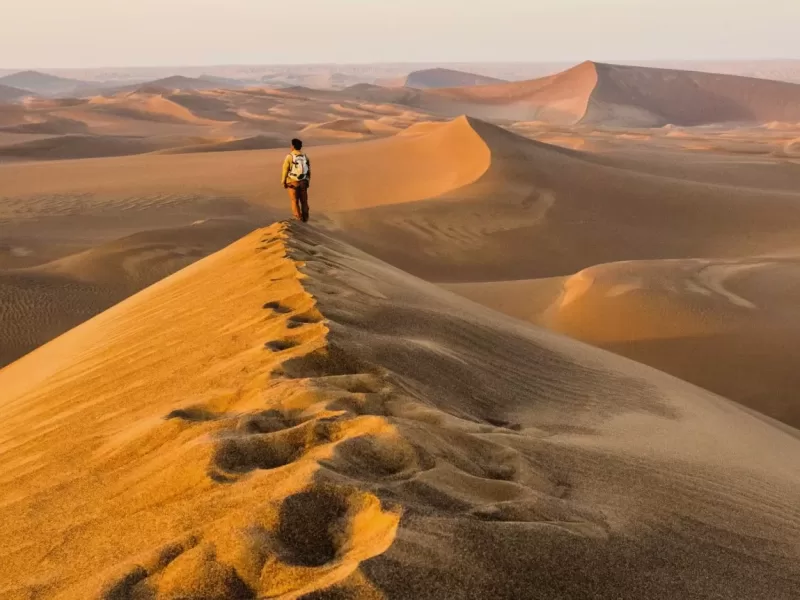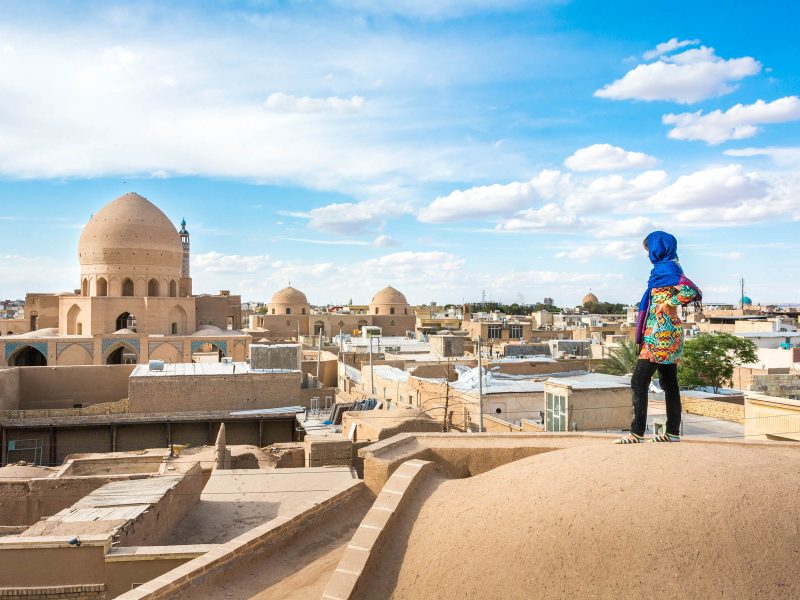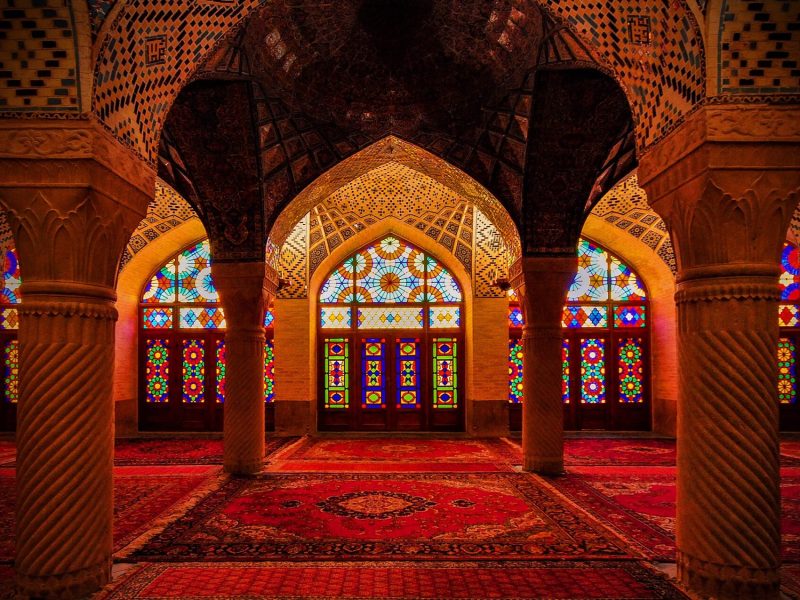Discovering the Art and Architecture of Si-o-Se Pol Bridge
Si-o-Se Pol (also known as the “Bridge of 33 Arches”) is one of the most famous and iconic bridges in Isfahan, Iran. This magnificent structure, which was built in the 16th century, has become one of the city’s most recognizable landmarks and a symbol of its rich history and culture. In this post, we’ll delve into the history, architecture, and cultural significance of this remarkable bridge.
Some Brief Facts:
- The Si-o-Se Pol Bridge is also known as the “Bridge of 33 Arches”.
- The bridge was built in the 16th century during the reign of Shah Abbas I.
- The bridge is one of the largest of its kind in the world, with 33 arches representing the 33 days of spring.
- The bridge is adorned with beautiful tile work, making it both a functional structure and a piece of art.
- The bridge is a popular gathering place for locals and a key part of the city’s cultural heritage.
The Historical Significance of Si-o-Se Pol Bridge in Isfahan
Si-o-Se Pol Bridge, also known as the Allahverdi Khan Bridge, is a historic bridge located in Isfahan, Iran. The bridge was built during the Safavid dynasty in the 17th century, and is one of the most iconic landmarks in the city. The bridge has played an important role in the history and culture of Isfahan, serving as a symbol of the city’s prosperity and cultural richness.
The bridge was designed by Allahverdi Khan Undiladze, an ethnic Georgian who was an important figure in the Safavid court. The bridge was built to provide a connection between the city’s north and south sides, as well as to serve as a triumphal arch to commemorate the victory of Shah Abbas I over the Ottoman Empire.
The construction of Si-o-Se Pol Bridge was a significant event in the history of Isfahan, and it has since become one of the city’s most recognizable landmarks. The bridge is widely considered to be one of the most beautiful bridges in Iran, and it is an important part of the city’s cultural heritage.
The Architecture of Si-o-Se Pol Bridge in Isfahan
Si-o-Se Pol Bridge is an impressive feat of engineering and architecture, and it is widely recognized for its intricate design and impressive scale. The bridge is built from brick and stone, and it features 33 arches that span the Zayandeh River. Each arch is adorned with intricate tilework, calligraphy, and other decorative elements, giving the bridge a unique and beautiful appearance.
The bridge is also known for its large central arch, which is one of the largest in the world. The central arch provides a pathway for pedestrians, and it is surrounded by smaller arches that provide access to the river banks. The bridge also features two defensive towers at each end, which were used to protect the bridge from invading forces.
The architectural style of Si-o-Se Pol Bridge is a fusion of traditional Persian and European elements, reflecting the cultural and artistic influences of the Safavid dynasty. The bridge is considered a masterpiece of Persian architecture, and it is an important example of the Safavid era’s artistic and architectural achievements.
Si-o-Se Pol : A UNESCO World Heritage Site
Si-o-Se Pol Bridge is recognized as a UNESCO World Heritage Site, along with the other historic bridges and buildings in Isfahan, for its exceptional cultural and architectural significance. As a part of the cultural landscape of Isfahan, Si-o-Se Pol Bridge plays a crucial role in the city’s rich history and cultural heritage.
UNESCO designation recognizes the outstanding universal value of the bridge and highlights its importance in preserving the cultural legacy of the city. This recognition has led to increased efforts to conserve and restore the bridge, ensuring that future generations can continue to appreciate its beauty and historical significance.
The UNESCO designation has also brought increased attention to Si-o-Se Pol Bridge, attracting tourists and visitors from around the world to admire its unique beauty and learn about its rich history and cultural significance.
Si-o-Se Pol vs Khaju Bridge
Si-o-Se Pol Bridge is often compared to another famous bridge in Isfahan, the Khaju Bridge. Both bridges are located along the Zayandeh River, and they both serve as important landmarks in the city. However, there are some key differences between the two bridges that make them distinct from one another.
One of the main differences between Si-o-Se Pol and Khaju Bridge is their age. Si-o-Se Pol Bridge was built in the 17th century, while Khaju Bridge was built several decades later, in the mid-17th century. As a result, Si-o-Se Pol Bridge has a more traditional architectural style, while Khaju Bridge is considered to be more innovative and modern.
Another key difference between the two bridges is their purpose. Si-o-Se Pol Bridge was built as a triumphal arch to commemorate the victory of Shah Abbas I over the Ottoman Empire, while Khaju Bridge was built as a dam and water regulation system. This means that Si-o-Se Pol Bridge is primarily a pedestrian bridge, while Khaju Bridge is used for both pedestrian and water control purposes.
Despite these differences, both Si-o-Se Pol and Khaju Bridge are important landmarks in Isfahan, and they both serve as symbols of the city of Isfahan.
Cultural Significance
In addition to its architectural and historical significance, the Si-o-Se Pol Bridge has also become an important cultural symbol for the city of Isfahan and the broader region of Iran. The bridge is a popular gathering place for locals, and its location near several other key landmarks, such as the Ali Qapu Palace and the Imam Square, makes it an integral part of the city’s rich cultural heritage.
Conservation and Restoration Efforts
Over the centuries, the Si-o-Se Pol Bridge has undergone a number of restorations and renovations in order to maintain its structural integrity and ensure that it can continue to be enjoyed by future generations. Today, the bridge is a protected cultural heritage site, and its preservation and conservation is a top priority for local authorities and cultural organizations.
Contemporary Significance
The Si-o-Se Pol Bridge continues to be an important and beloved part of the cultural landscape of Isfahan, and it is widely regarded as one of the city’s most iconic landmarks. In recent years, the bridge has also become a popular tourist destination, attracting visitors from all over the world who are eager to explore the rich history and culture of this magnificent city.
In conclusion, the Si-o-Se Pol Bridge is a remarkable example of Iranian architecture and engineering, and a testament to the rich history and culture of the city of Isfahan. Whether you’re a historian, an artist, or simply a lover of beautiful architecture, a visit to this magnificent bridge is sure to be a highlight of your trip to Iran.
FAQs
- What is Si-o-Se Pol Bridge?
- Si-o-Se Pol is a historic bridge located in Isfahan, Iran. It is also known as the “Bridge of 33 Arches.”
- How old is Si-o-Se Pol Bridge?
- The bridge was built in the 16th century during the Safavid era.
- What is the significance of the bridge’s name?
- The name “Si-o-Se Pol” means “33 Bridges” in Persian.
- How long is Si-o-Se Pol Bridge?
- The bridge is approximately 300 meters long.
- What is the main material used in the construction of Si-o-Se Pol Bridge?
- The main material used in the construction of the bridge is brick.
- What is the purpose of Si-o-Se Pol Bridge?
- The bridge was built as a bridge for pedestrians and as a dam for the Zayandeh River.
- What is the design of Si-o-Se Pol Bridge?
- The design of the bridge features 33 arches and two main pavilions at either end.
- What is the difference between Si-o-Se Pol Bridge and Khaju Bridge?
- The Si-o-Se Pol Bridge is longer and has more arches than the Khaju Bridge. The Khaju Bridge is more famous for its design and aesthetic appeal.
- How can I reach Si-o-Se Pol Bridge?
- Si-o-Se Pol Bridge is located in Isfahan, Iran and can be easily reached by taxi or by foot.
- Is Si-o-Se Pol Bridge a UNESCO World Heritage Site?
- Yes, Si-o-Se Pol Bridge is a UNESCO World Heritage Site, along with other historical sites in Isfahan.

